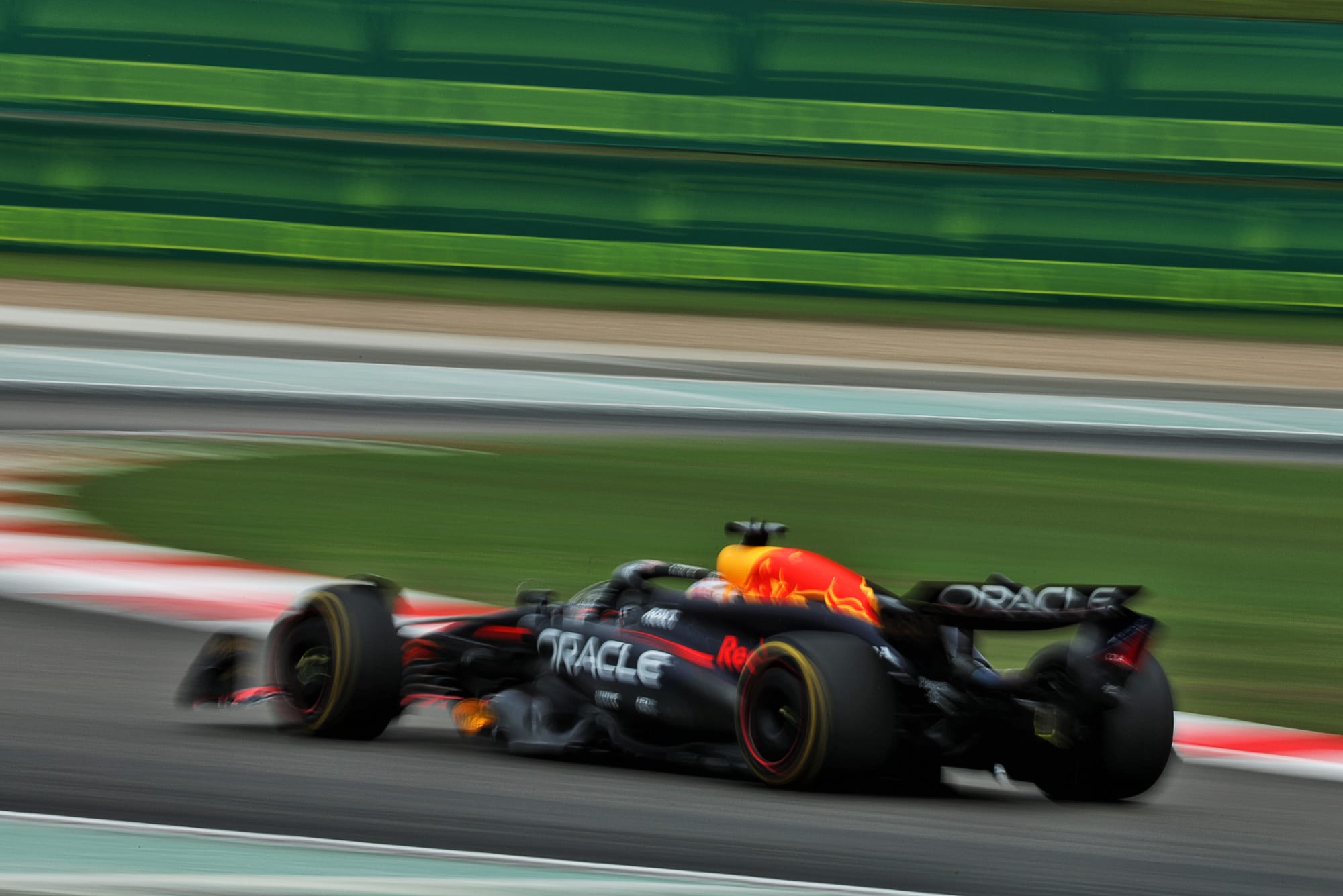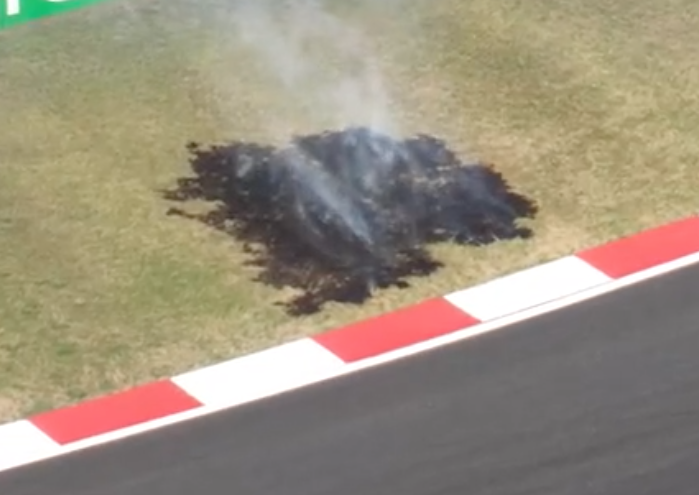Up Next

The first Chinese Grand Prix in five years has brought with it an unexpected problem.
The FIA is conducting a full investigation into the cause of two grass fires that flared up during the first day in Shanghai, one of which led to a red flag.
The first instance occurred on the inside of Turn 7 during FP1 and led to a stoppage, although the fire itself was small and easily contained. However, as it was located just behind the kerb it was rightly considered a danger worthy of a red flag.
🚩 RED FLAG 🚩
— The Race (@wearetherace) April 19, 2024
The grass is on fire. Yep. pic.twitter.com/4DDpQt7koT
The fire was then ignited again at the end of SQ1 in exactly the same place, although a red flag was unnecessary because the session had already finished. This led to a brief delay before the start of SQ2 while the scene was inspected.
While the FIA did offer a preliminary explanation, stating that “after a first review of the video footage, it seems like it's the sparks coming from cars igniting the fire in the grass run-off area”, that’s neither the definitive conclusion nor a complete one.
While the sparks did appear to be the trigger, shed from the cars as they hit the bump in the track at a point where there is a tunnel under the track, this isn’t usually enough to start a fire.
What’s more, the grass is not exceptionally dry as there had been a little rain before the session. There had also been heavy rain here on Wednesday.

The suspicion was therefore that there was something either on or around the grass in that area that was flammable and caught alight, which then set fire to the grass.
The initial FIA inspection after SQ1 didn’t reveal such a cause, although The Race understands there was no paint or other substance discovered on the grass itself, but the track was deemed safe to continue.
The working hypothesis is that it may have been a small amount of gas vented from the marsh under the circuit that was ignited by the sparks, although further investigation is required to test that possibility. Potentially, it could be possible to take action to vent any small pockets of any such marsh gas to ensure there is no repeat.
Whatever the reason, any relevant measures will be taken if such a cause can be found - although there will be no way to prevent the cars shedding sparks in that area.
The concern will be with no definitive solution or conclusion available, whether it continues to cause issues for the rest of the Chinese GP weekend.
If it crops up during a race it's going to be far more frustrating than mid-practice or in-between qualifying sessions.



